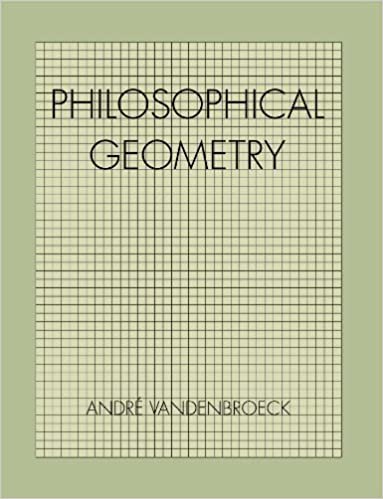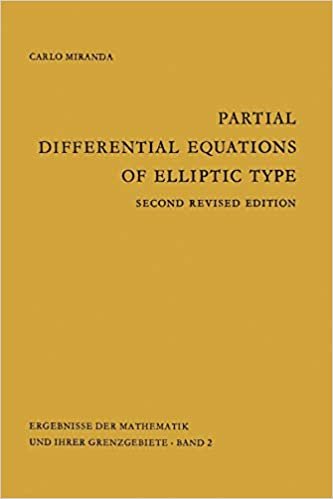Philosophical Geometry indir kitap bedava
itibaren Andre van den Broek
Philosophical Geometry
Ancient Egyptians and Greeks (up to Euclid) saw in plane geometry much more than land-surveying. For the Greeks, Gaia or Ge (from which our word "geometry" derives) was a universe rather than a planet. Man was the measure of the cosmos and geometry was the expression of this faculty, the discipline through which one studied the unity of cosmic necessity and human thought. For this reason tradition has it that Plato inscribed on the gates of his Academy: "Only geometers enter here." This aspect of the discipline was lost in modern times until studies such as those of Matila Ghyka rekindled an interest that culminated in R. A. Schwaller de Lubicz's Pythagorean synthesis. Since it was essentially a rediscovery of unselfconscious modes of thinking, this synthesis did not pose the problem of foundations. Philosophical Geometry originated in the author's perception of this problem while working with de Lubicz in Grasse, France, in 1960-61. Written in 1972, Philosophical Geometry was conceived as a textbook and took shape in a teaching situation, individual elaboration of theory being the declared aim. Defined as "the activity of establishing a necessary conduct for mind through a set of signs denoting a necessary conduct of facts," Philosophical Geometry approaches a universal theme to which the existence of every human being contributes a chapter. Philosophical Geometry is, and has been, an avenue toward inscription of such fundamental experience.
Philosophical Geometry:1 Haziran 1987
Popüler yazarlar
Kolektif (3966) Springer (1155) KOMİSYON (445) Varios Autores (286) Kollektif (203) Cambridge University Press (173) Springer; 1 basım (152) ohne Autor (141) Sigmund Freud (120) American Society of Mechanical Engineers (113) Oxford University Press (110) etc. (104) NA. VIKRAMAN (104) John Wiley & Sons Inc (93) Jules Verne (91) de Gruyter (90) Asian Development Bank (72) Springer; 1. baskı (71) ASME (70) Garcia Santiago (67)En İyi Yayıncılar
Springer Forgotten Books CAMBRIDGE UNIVERSITY PRESS Adalet Yayınevi Oxford University Press John Wiley & Sons Inc Peter Lang GmbH, Internationaler Verlag der Wissenschaften MACMILLAN EDUCATION Independently Published de Gruyter Springer; 1 basım On İki Levha Yayınları Doğan Egmont Yayıncılık; 1. baskı İş Bankası Kültür Yayınları; 1. baskı PRENTICE HALL Longman Oxford University Press España, S.A. İş Bankası Kültür Yayınları; Facsimile. baskı 1001 Çiçek Kitaplar; 1. baskı Kessinger Publishing























